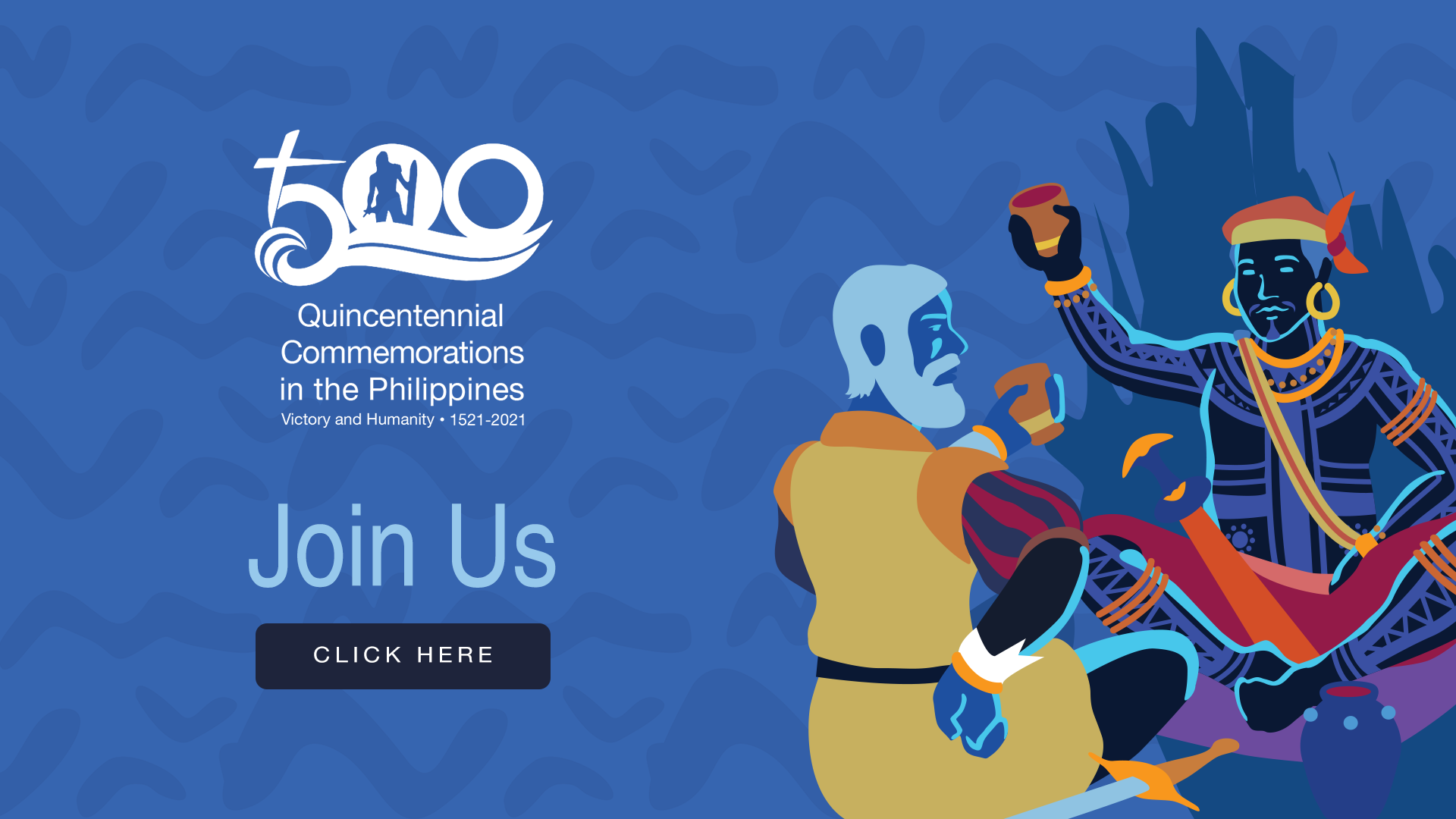Salot (Epidemic) in the Life of Our Ancestors
Posted on 04 May 2020
By Elmer Nocheseda

I am checking some lexical evidence from early Filipino dictionaries in Tagalog, Iloko, Bikol and Bisaya, which may indicate the familiarity of our ancestors with the diseases that can reach epidemic levels, which the Tagalog called salot.
Lexical evidence will tell our ancestors’ familiarity with smallpox (bolotong in Tagalog: buti in Bisaya; burtong in Iloco; and poco in Bicol), measles (tiplas tipdas in Tagalog, Bisaya, Bikol; darap in Bisaya), and mumps (bayicqi, bicqi, landoy in Tagalog). In the Visayas and Bikol, different types of smallpox were also identified, indicating the severity of the malady. Honga in Bikol was described as ‘fatal’ and pinarurcan in Bisaya was defined as ‘the virulent type” or contagious. The Tagalog even indicated the difference in the size, if not the severity of mumps as bayicqi or simply mumps; bicqi is bigger than the last one; and landoy is bigger than big that it hangs, and someone who is linalandoy has great mumps hanging from his face.
The inclusion of these terms suggests that certain strains of the diseases at least had been associated with high mortality and that local populations possessed limited immunity to them. San Buenaventura’s 1613 Tagalog lexicon even indicates some possible occurrences of epidemics, e.g., “nagcacasalot ang manga tavo sa Silang” (gran mortandad de gente hay en Silang);” “nagcacamatay ang manga tavo sa Tayabas” (hay mortandad de gente en Tayabas); and “nagcacasalot yata ang taga Lucban” (en Lucban creo hay pestilencia). Further, masasactin or masalotin (de enfermedad larga) indicates even frequency and degree of occurrence.
I wonder how our descendants will look at this COVID-19 pandemic as it has created new words we have added in our present lexicon, as THIS, TOO SHALL PASS.
REFERENCES
TAGALOG
Ruíz, Miguel. “Bocabulario Tagalo, ca. 1580.” Marsden Collection M2/17, King’s College, London.
San Buenaventura, Pedro de. Vocabulario de lengua Tagala. Pila, Laguna, 1613.
De los Santos, Domingo. Vocabulario dela lengua Tagala. Tayabas, Tayabas, 1703.
BISAYA
Sánchez, Matheo. Vocabulario de la lengua Bisaya. Manila: Impresso en el Colegio de la Sagrada Compañia de Iesus, 1617/1711.
Mentrida, Alonso de. Diccionario de la lengua Bisaya, Hiligueina y Haraya de la isla de Panay. Manila: Imp. de D. Manuel y de D. Felis S. Dayot, 1637/1841.
BIKOL
Lisboa, Maŕcos de. Vocabulario de la lengua Bikol. Manila: Est. Tip. del Colegio de Santo Tomas, 1628/1865.
ILOKO
López, Francisco. “Vocabulario de la lengua Iloca, ca. 1627.” Marsden Collection M2, King’s College London.
About the Author
ELMER I. NOCHESEDA is from Pateros. He was born there and he will die there. Received his aeconomics degree from the Ateneo de Manila University and his post graduate studies from the University of Tsukuba in Ibaraki, Japan. He is the author of the multi-awarded book “Palaspas”, as well as “Rara” , “Pateros” and ” Taguig”.

